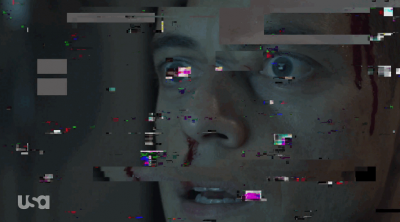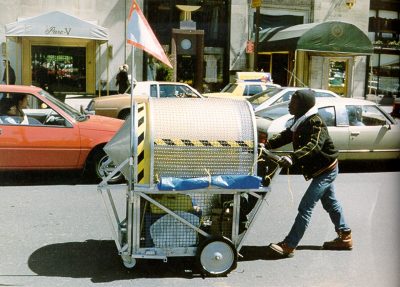Warning: Mr. Robot spoilers abound (but, come on, what are you doing still not caught up with this show?).
In my first post for Cyborgology last year, I suggested that perhaps Elliot Alderson, the paranoid and delusional protagonist of USA Network’s Mr. Robot, was the epitome of a Deleuzian Body Without Organs—an extreme state wherein rhythms and intensities not available in the anatomical body provide access to a plane of immanence (though I also incorrectly suggested that Elliot is schizophrenic). I used his own self-tracking technique—a journal—and how this journal led to advantage being taken of him. If you’ve read my other posts here, you won’t be surprised to hear that I then used all of that as a critique of the quantified self. What can I say? When all you read is QS critique, everything you read is QS critique. After making my way through season 3, however, I’d like to revisit Elliot and what other sorts of theoretical signposts I might use to understand his character. more...



